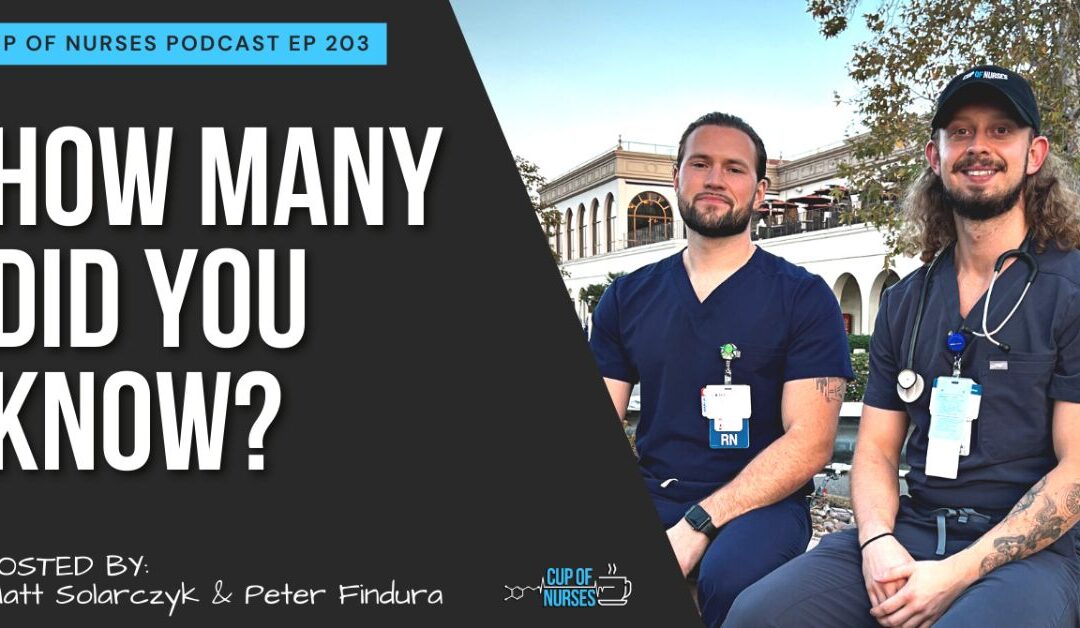
EP 204: What Does a Flight Nurse Do with Madison Vawter
What Does a Flight Nurse Do with Madison Vawter
What does it take to be in a different nursing path? Nursing is a vast field to explore. If you are not too keen to work as a bedside nurse, you can always find a different nursing field to pursue. One of these paths is being a flight nurse.
A flight nurse cares for critically ill patients in a plane or helicopter as they are transported from an accident scene to a medical facility. They also ensure their patients don’t go into code while transported to long-term care.
Qualifying as a flight nurse is easy. You need a nursing license in your state and experience in critical and trauma care. If you’re interested in a fast-paced environment like this, you may qualify to be one. But is that all that it takes to become a flight nurse?
In this episode, we would like to introduce you to Madison Vawter. Madison is a flight nurse with an ER, ICU, and Trauma background. We talk about what a flight nurse does, how to become one, and how to build confidence.
Question for Our Guest
The questions below are some we’d like to tackle. We often go off-topic, so we don’t expect to hit them all. If you have any ideas, please let us know.
Looking forward to our conversation!
These are the questions you had in Calendly. We’ll go off your questions and wherever else our conversation goes.
- Can you give us a brief background about yourself and How you got into flight nursing?
- What are the responsibilities of a flight nurse?
- What education is needed to become a flight nurse?
- Is it a competitive market to find a flight nurse position?
- What are the keys to building a solid resume as a nurse?
- What are your thoughts about bullying in nursing?
- What do you think is the key to building confidence as a nurse?
Ending Questions
Before we end the show, we have one last question we like to ask all our guests. If you had the opportunity to have a Cup of coffee with anybody one last time, who would it be & why?
Connect with Madison and follow her journey through her Instagram at @madrose.v.
Do you have what it takes to be a flight nurse? Check out the full episode here 👇👇👇
TIMESTAMPS:
00:00 Introduction
01:27 About Madison Vawter
03:54 What is a typical day in the life of a flight nurse like?
05:50 What tasks fall under a flight nurse’s responsibility when there are no patients?
08:01 What other healthcare professionals accompany a flight nurse?
10:48 Who makes the decisions about orders, and how are they communicated?
12:42 What does the team do when they receive an emergency call
17:42 Cases that Madison enjoys addressing
19:18 What does it look like working inside a helicopter
22:02 The most memorable experience
29:43 What is required to enter the field of flight nursing?
32:38 The very competitive field of flight nursing
37:20 Hospital vs. Company based program
38:24 How does the onboarding process look like
41:00 Does a flight nurse need to get familiar with aviation?
44:00 Can a flight nurse care for patients of any age?
45:19 Tips for building self-confidence
53:23 The challenges of a flight nurse
57:42 Wrapping up the show




Recent Comments